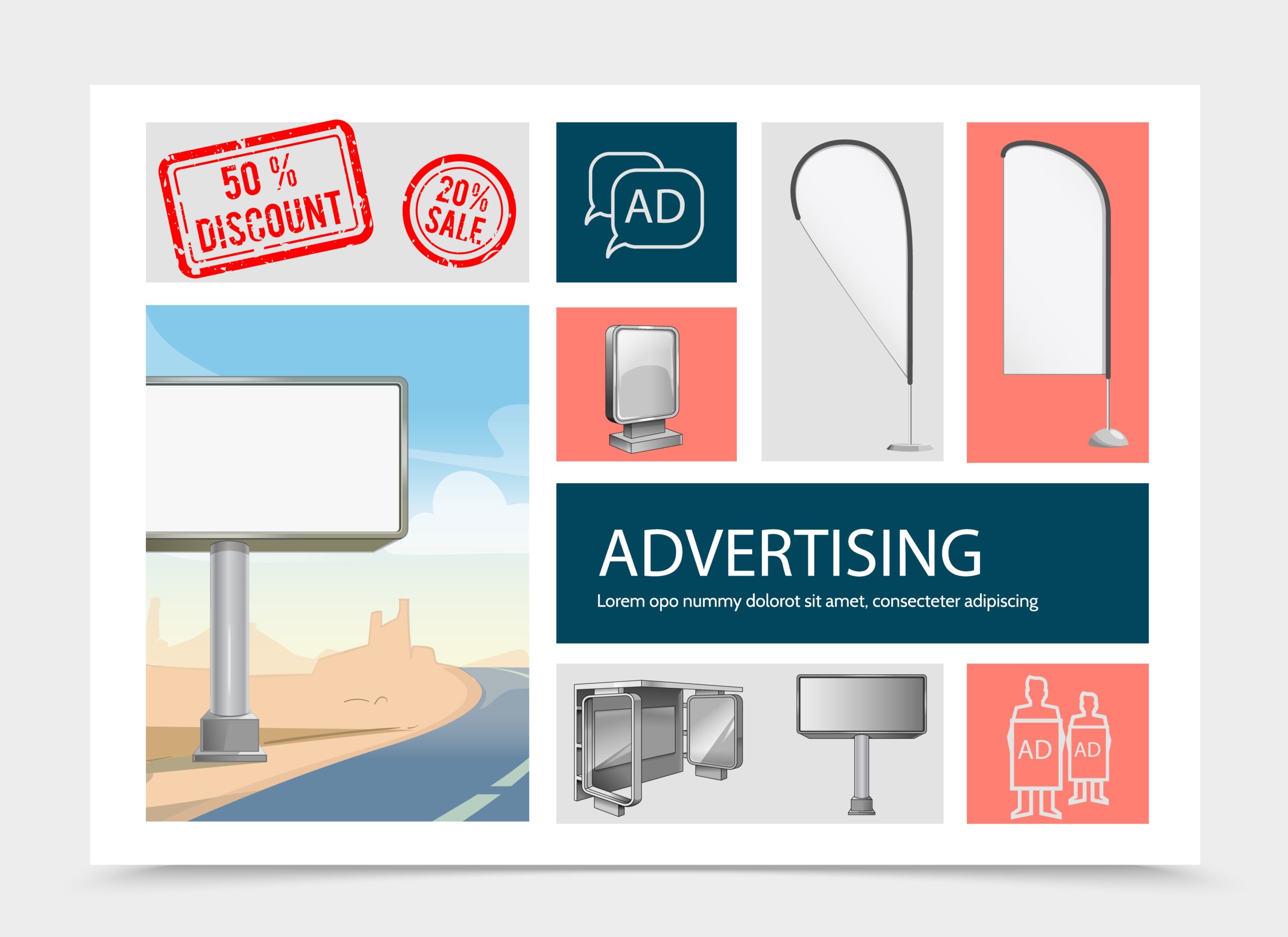Out-of-home (OOH) advertising is a form of advertising that reaches
consumers when they are outside of their homes. This can include
billboards, bus shelters, subway advertising, and more.
OOH advertising has been around for centuries, with the first known
billboard dating back to ancient Egypt. However, in recent years, digital
technology has begun to play a larger role in the OOH advertising industry.
Digital billboards, for example, can change their content in real-time,
allowing for more targeted and dynamic advertising.

One of the main benefits of OOH advertising is its ability to reach a large
and diverse audience. Billboards and other forms of OOH advertising can be
found in highly-trafficked areas such as highways and busy city streets,
making it easy for advertisers to reach a wide range of consumers.
Additionally, OOH advertising has the ability to reach consumers who may
not be reached through other forms of advertising, such as those who do not
watch traditional TV or use social media.
Another benefit of OOH advertising is its ability to create a sense of
place. Billboards and other forms of OOH advertising can be used to create
a sense of community, and can even be used to enhance a city’s aesthetic.
However, it’s also important to note that OOH advertising can be expensive,
especially when it comes to prime locations. Additionally, OOH advertising
can be difficult to measure in terms of its effectiveness. Unlike online
advertising, which can be tracked through clicks and conversions, the
effectiveness of OOH advertising can be difficult to quantify.
In conclusion, OOH advertising is a form of advertising that reaches
consumers when they are outside of their homes, it can be a great way to
reach a diverse audience, create a sense of place and identity, but it can
also, be expensive and hard to measure effectiveness.

